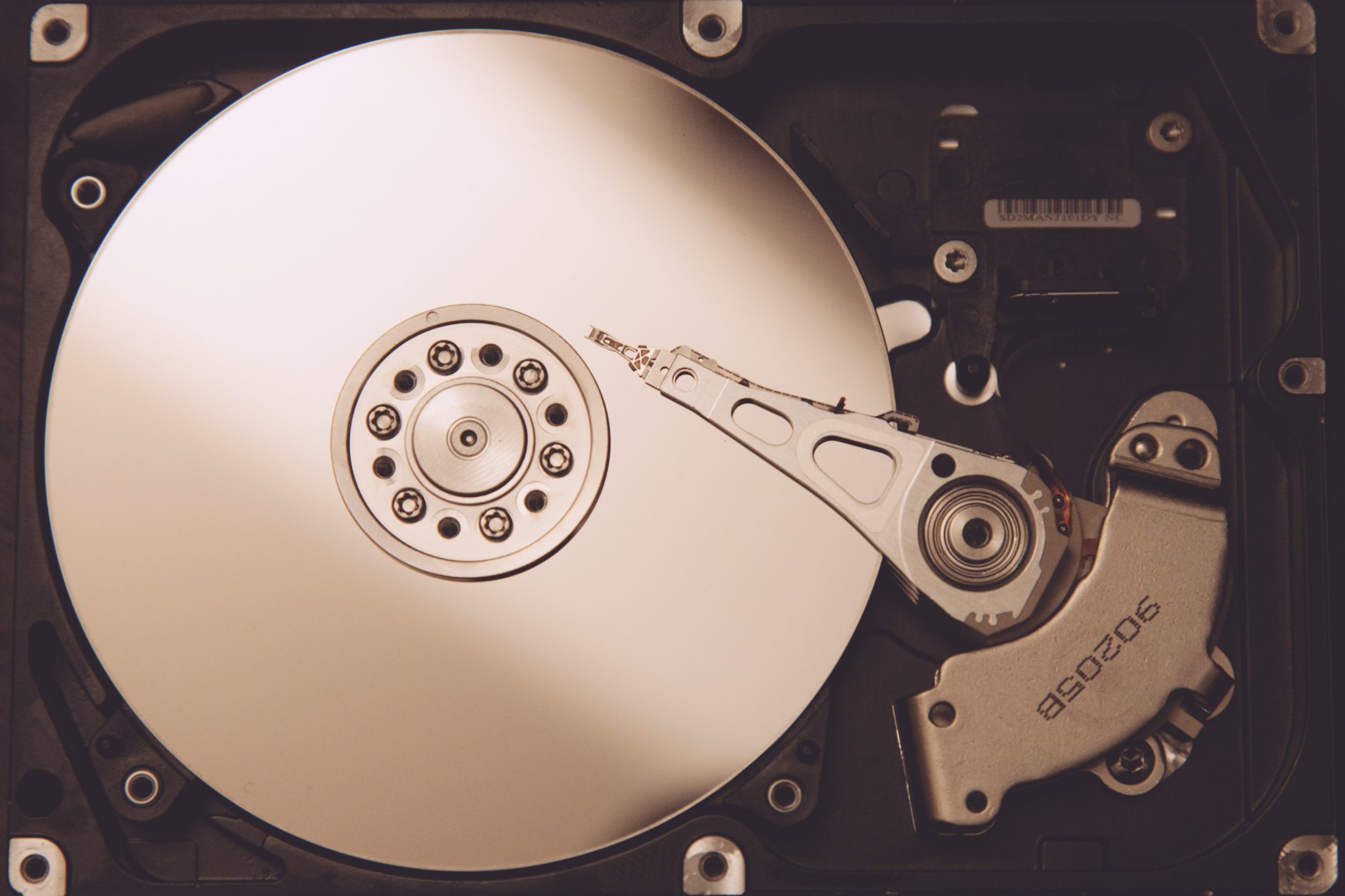At 60, Data Storage Still Fascinates

Written in memory of Rex Farrance, who shared his love of data storage as a former PC World editor
If computer storage was a person, his drivers’ license would disclose he’s a Baby Boomer who’s turning 60. Remarkably, storage’s ability to capture our attention has increased, not diminished, over the years.
Computer storage was born as rotating disks in a hard disk drive (HDD). While still used in PCs and laptops today, HDD shipments are declining as PC demand weakens. What’s going to follow HDDs after they retire? One expectation is Generation X solid state disk systems (SSDs) with multiple flash memory drives instead of spinning HDDs. SSDs, in the form of all-flash arrays, now cost within pennies of HDDs. Yet, SSDs offer 10X read/write speeds to HDDs. This pricing parity, achieved in 2016, is prompting analysts to predict more than 50% of the world’s laptops will have SSDs by 2018.
Reaching an age for contemplating life changes, storage is experimenting with glass as a way to refresh its hardware. One example is glass the size of a quarter that holds 365 TB of data. Another is postage-stamp-sized glass with storage capacity equal to a CD. A third is a small glass cylinder for implanting in the human body. An estimated 40,000 people around the world have implants the size of a grain of rice that are activated and read by RFID readers, like the ones found in smartphones and those installed in office buildings to allow entrance with a common ID card. Imagine that. Forgotten keys and workplace ID badges will be things of the past!
Along with its form factor, storage fascinates us with its expanding capacity. This year, we read about the first 1TB SD card representing more than 16,000 times the capacity of the original 64MB SD card introduced 16 years ago. Why the need for so much capacity? To handle high-resolution content, such as 4K and 8K videos, virtual reality, and 360-degree videography.
While consumer applications may be driving innovation, enterprises are benefitting from this increased capacity in terms businesses love most: cost savings. This year, enterprises spent the same amount of money on storage systems as they did in prior years, but they got more capacity per dollar. According to IDC, enterprise storage systems factory revenue of $8.8 billion remained flat compared to second quarter 2015, but the total capacity that vendors shipped increased 12.9%.
Innovation isn’t confined to hardware, of course. Advances in software, as in software-defined storage (SDS), captured many of this year’s storage headlines, as they have since 2012. While the data deluge created by our digital age is cliché, what we hadn’t really talked about until this year is all the data expected to be generated by the connected smart devices and machines of the Internet of Things (IoT). Where will we store this?
Concurrent with its numerous tech breakthroughs, the industry itself fascinates, with two mega-mergers announced this year: SanDisk-Western Digital and Dell-EMC. At the end of September as I write this, the “long-awaited” Nutanix IPO, originally filed in December 2015, is back in the news. Seeking Alpha reports that, “Few IPOs can claim over $200 million in billings in the most recent quarter with 118% growth, though its accumulated deficit of $442 million is just as rare.”
Looks like storage will continue to captivate our interest–through the reporting and analysis of journalists and financial/industry analysts–for a good many years to come.